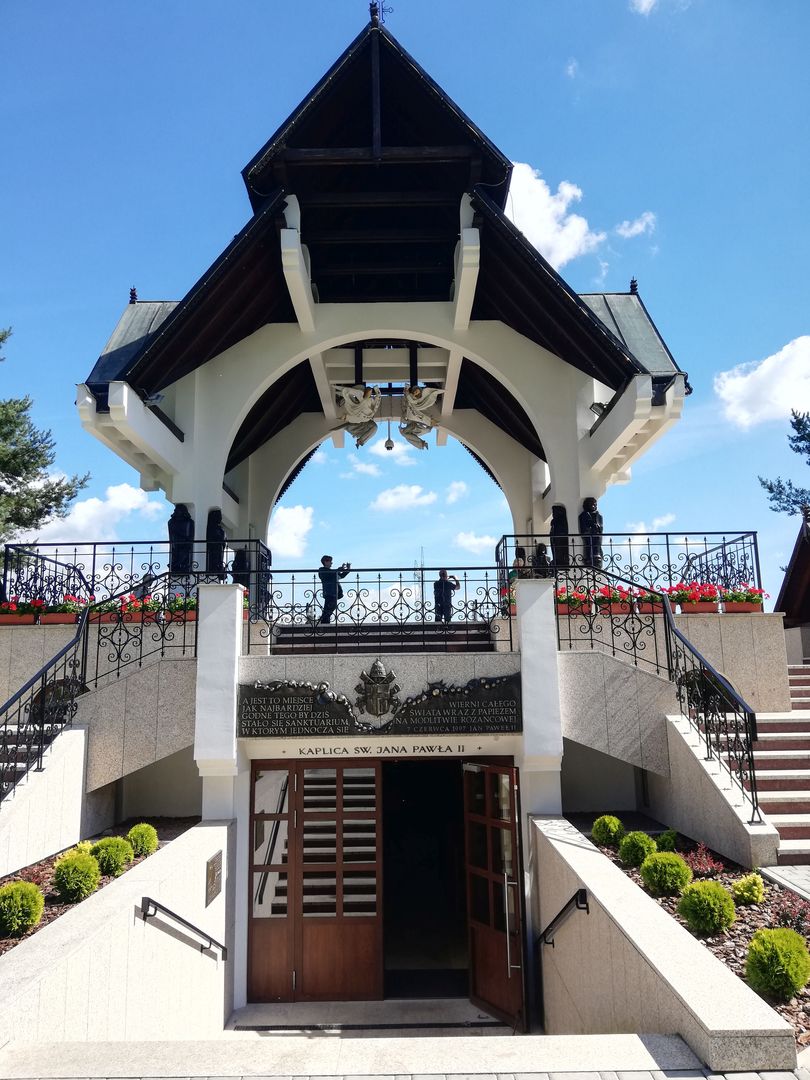The Basilica of the Assumption of the Blessed Virgin Mary in Ludźmierz
6.1

Overview
Ludźmierz, the oldest Catholic parish in Podhale, boasts a rich history dating back to the 13th century, closely tied to the Gryfit family, who were granted the Podhale lands. In 1234, Teodor Gryfita, the voivode of Kraków, began the construction of a wooden church in Ludźmierz, which initially featured three altars. To encourage settlement in the area, Cistercians were brought from France, Italy, and Jędrzejów, who erected a wooden monastery and farm buildings. However, starting in 1245, the monastery began to fall into ruin due to Tatar invasions, and the monks relocated to Szczyrzyc. Between 1869 and 1877, the wooden church was dismantled, and the current neo-Gothic brick church was built in its place. In 2001, the church was granted the title of a minor basilica. The basilica houses a 26-voice organ imported from a 12th-century church in Oldenburg, replacing an older instrument. A central aspect of devotion here is the figure of Our Lady of Ludźmierz, renowned for its miraculous properties and believed to be around 600 years old. Legends speak of its healing power, attracting numerous pilgrims. The Rosary Garden adjacent to the church is a significant cultural feature, commemorating Pope John Paul II’s pilgrimage in 1997. Ludźmierz hosts numerous celebrations, including the largest pilgrimages on August 15 and harvest festivals on the first Sunday of September, where highlanders give thanks to the Virgin Mary for the crops. The sanctuary also holds musical significance, as the Ludźmierz Vespers represented Polish culture at Expo 98 in Lisbon, highlighting local artistic traditions.
Location
2025 Wizytor | All Rights Reserved